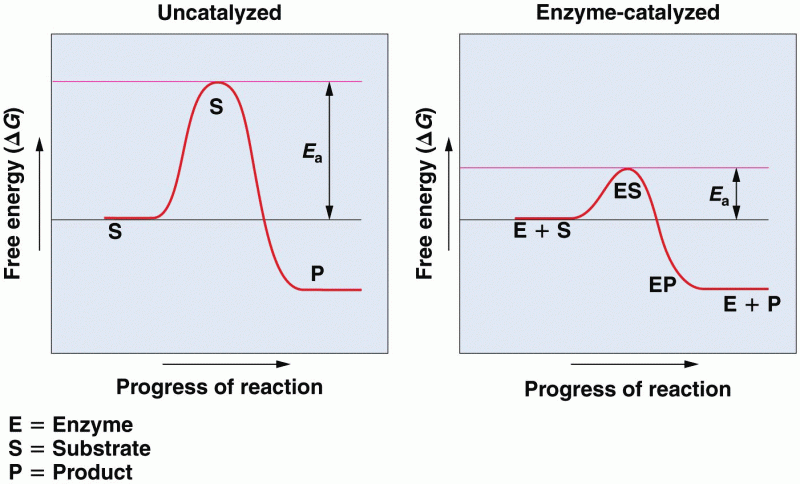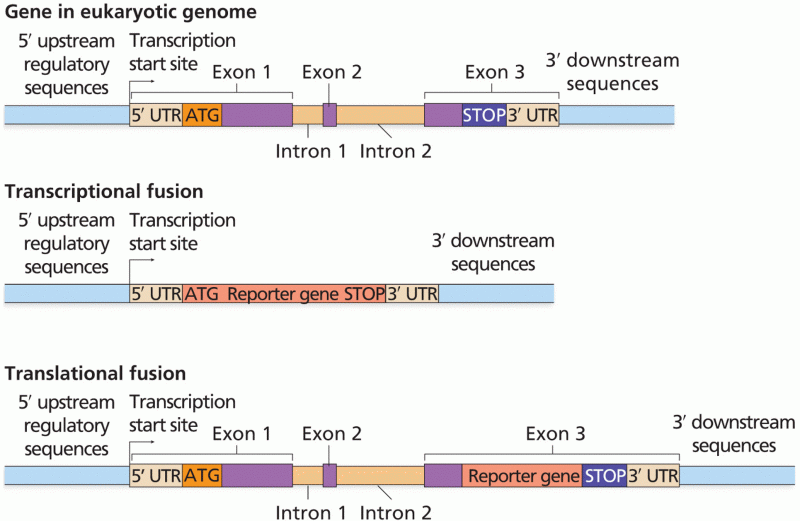Answer to Question 1
Historically, supply chain software buyers had one optionlicense software from vendors and install it on the buyer's client-server systems. This is a logical method for supply chain processes with intense computational activity requirements. The downside of licensing is the capital investment and complex deployment. Buyers have to pay for the software up front; address implementation issues; and manage software upgrades, fixes, and maintenance costs.
The Internet and cloud computing have changed the purchase landscape. Buyers can now use applications that are not permanently installed on the company's network. In the software as a service (SaaS) distribution model, applications are hosted by a vendor or service provider and made available to customers over a network. One SaaS option is hosted application management in which a technology provider hosts commercially available software for customers and delivers it over the Web. The other SaaS option is software on demand. In this model the provider gives customers network-based access to a single copy of an application created specifically for SaaS distribution.38
SaaS is gaining in popularity as more supply chain tools are offered via this method. Fast implementation, low capital requirements, scalability, easy Web-based access, and simplified software upgrades are reasons for deploying this model. However, potential adopters must also review the potential problems of SaaS. Security of sensitive company data must be evaluated. Service outages at the host site, regulatory compliance, and application performance management also warrant attention.39
Answer to Question 2
False







